This website uses a variety of cookies, which you consent to if you continue to use this site. You can read our Privacy Policy for
details about how these cookies are used, and to grant or withdraw your consent for certain types of cookies.
Blog

Freestanding Fiberglass Staff Gauges
Freestanding staff gauges are a good solution to the need to measure level in a flume, weir, or channel. They are also useful in stream gauging or as replacements for other gauges that are damaged or no longer readable. Openchannelflow fiberglass freestanding staff gauges…
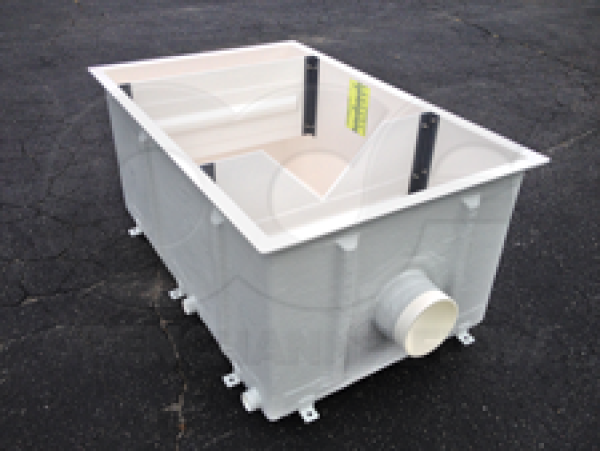
Shallow, Sub-Surface Dam Seepage Monitoring
Reinforced weir boxes are a convenient way of measuring seepage flows out of a dam when the pipe is just below grade. Reinforcing the sidewalls of a weir box can allow the structure to withstand the pressures exerted by the soil in shallow burial applications. In these…

Wastewater Flumes
Flumes of all styles are used in the measurement and treatment of wastewater.
Wastewater applications can be municipal or industrial in nature and their content can be sanitary (including mixed) or non-sanitary.
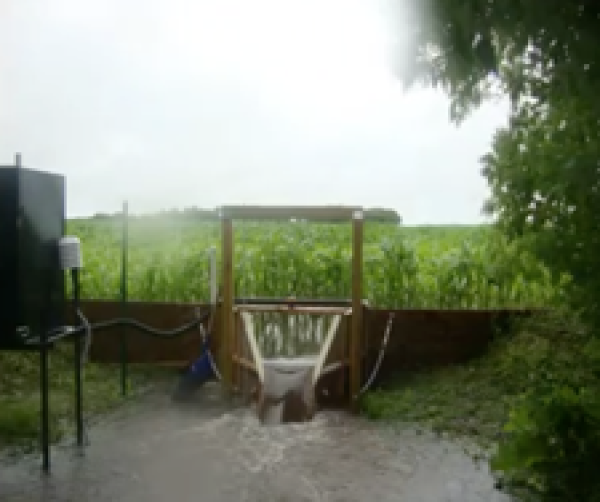
Edge-of-Field Performance Video of a 2.5-Foot H Flume
H Flumes are widely used to measure edge-of-field flows. The ability of the H Flume to pass sediments easily and the wide range of flows that it can accurately measure make the flume uniquely suited to the application. Here a time-lapse video…
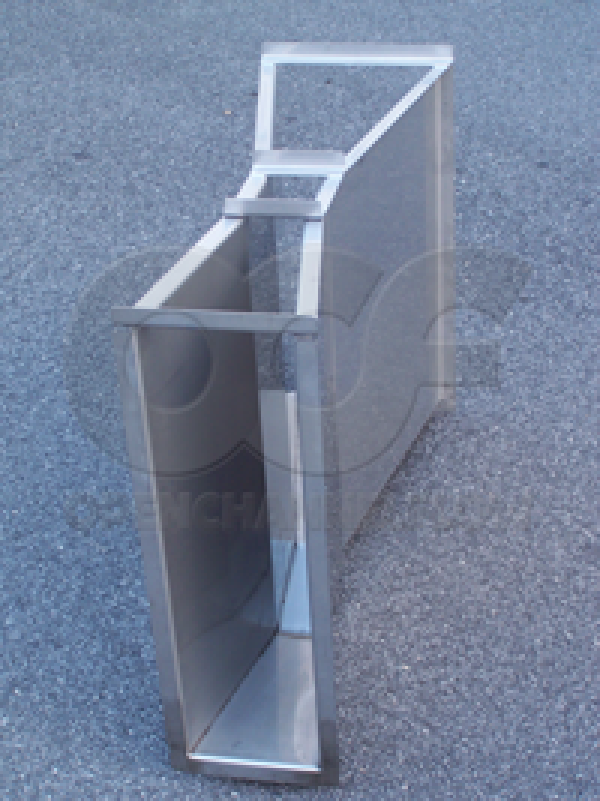
Stainless Steel Parshall Flumes
Stainless steel is often viewed as the material of choice for Parshall flumes when severe corrosion is expected or when abrasion is a concern. For Parshall flumes, the split between T-304 and T-316 stainless steel is about 60 / 40, with more flumes being constructed…

Mounting HS / H / HL Flumes
Although initially developed to measure runoff from watersheds and experimental plots, the H Flume has proven to be quite flexible in its mounting configurations. H Flumes can be a part of a fiberglass packaged metering manhole, free-standing, or embedded in concrete or earthen…

Measuring Feedlot Runoff with Flumes and Weirs
Feedlots are an economical way to feed and raise a variety of livestock, but they generate large quantities of runoff, which can impact ground and surface water supplies. Accurate flow measurement is important as part of a BMP approach to the problem and both flumes and…
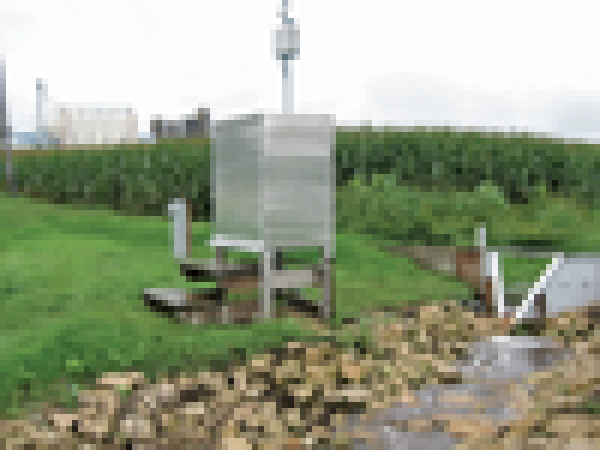
Edge-of-Field Runoff Measurement with H Flumes
Edge-of-field (sometimes referred to as catchment) monitoring is where flow from a particular field is routed to a monitoring station located at the edge of the field to for allow the characterization of the runoff flows. Edge-of-field monitoring is used to in a number of…

Effects on Flow Accuracy of Drops into H Flume Approach Sections
The H flume was developed to measure runoff in small experimental plots and agricultural watersheds. Like a weir, the H flume develops a backwater effect at higher flow rates. In low gradient applications, this backwater effect can cause flooding. To minimize…
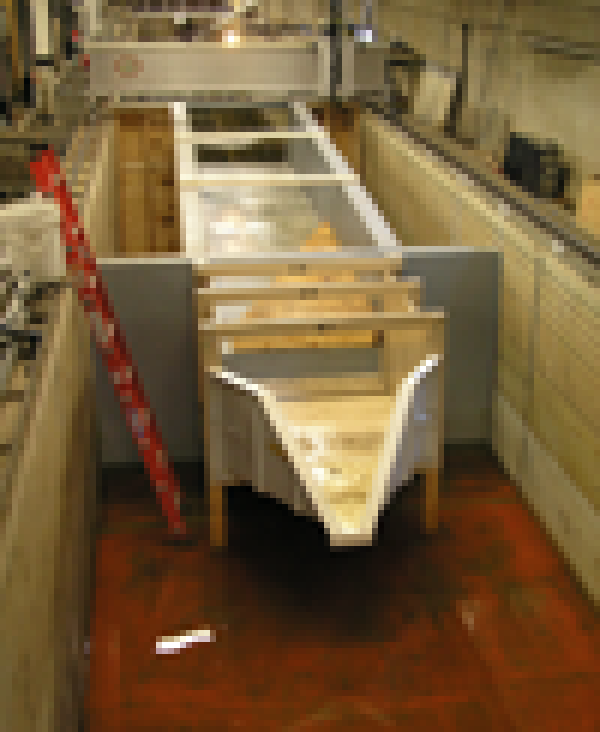
H Flume Approach Length and Flow Accuracy
H flumes are commonly used in catchment and runoff studies. For a variety of reasons it is not always feasible to provide a full-length approach section at the inlet of an H flume. When shortening the approach section of a H flume, there is always the concern of how the…
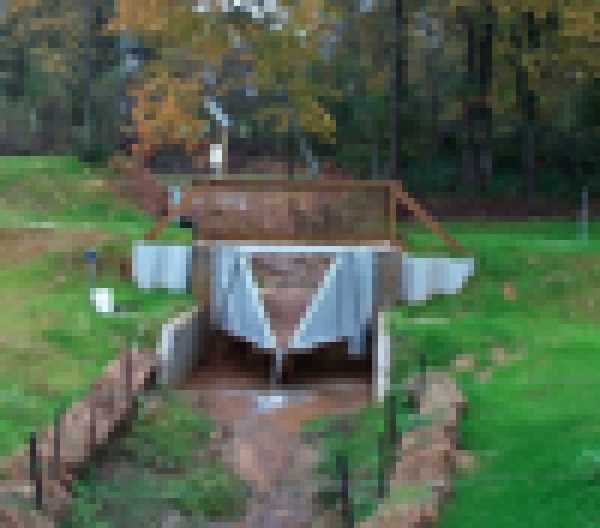
Installation of a 4.5-Foot H Flume to Measure Watershed Runoff
H Flumes have proven to be well suited to measuring watershed runoff from agricultural plots and pastures. The USDA Agricultural Research Service – J. Phil Campbell Sr. Natural Resources Conservation Center (JPCNSRCC) in Watkinsville, GA details the installation of a…

Non-Standard Parshall Flume Sizes
Over the years 22 standard sizes of Parshall flume have been developed. Sized by throat width, these standard flumes range from 1-inch all the way up to 50-feet. With so many sizes available you would think that there wouldn’t be a call (or need) for intermediate…

LOCATIONS IN ATLANTA, GA & BOISE, ID

